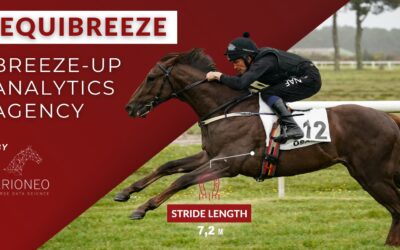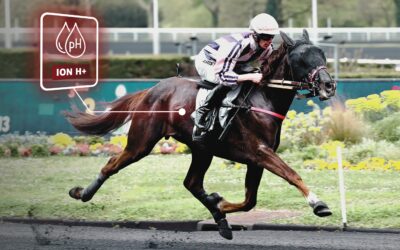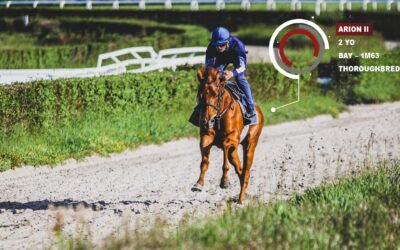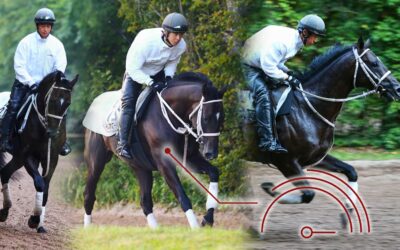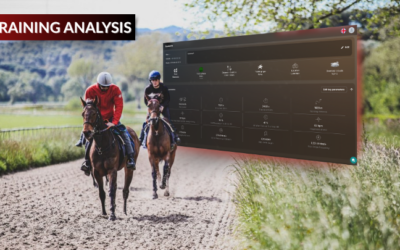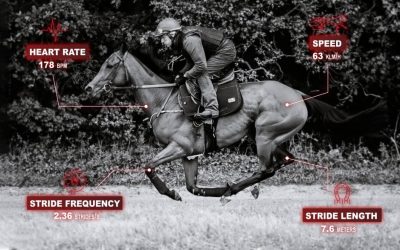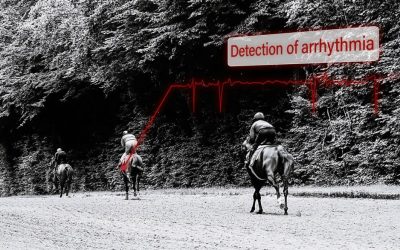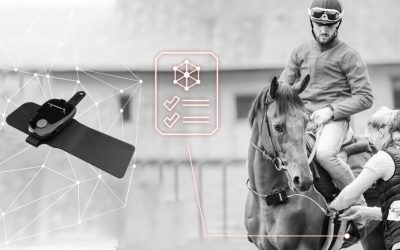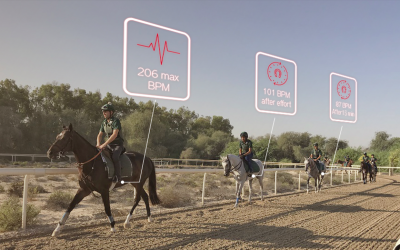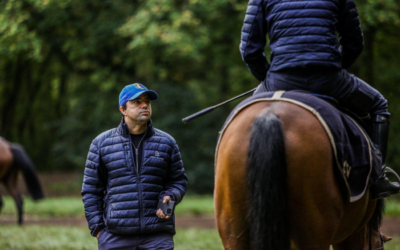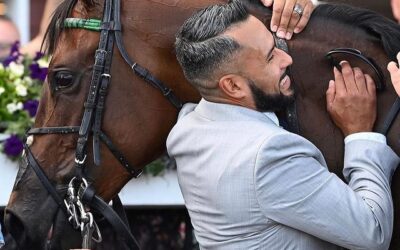EXPLORE OUR BLOG
Here you will find a lot of information to better understand performance and health measurements as well as tips about racehorse training and well-being.
LATEST ARTICLES
EQUIBREEZE – Breeze-up Analytics Agency
The Breeze-up sales are an essential part of the racing ecosystem and are held every spring. Selling two-year-olds ready to race, finding a future performer carefully prepared by the best consignors: the Breeze-up sales bring together buyers from all over the world in search of ready-to-run performance.
The acid-base balance during exercise
During exercise, the acid-base balance of the horse’s body is perturbed. By using more oxygen and energy, his metabolism produces waste products that acidify his body. The body then naturally regulates its pH level in order to maintain this acid-base balance. How does the horse’s acid-base balance work during exercise?
How to follow the training of your two-year-olds?
Every winter, a new generation of racehorses arrives at the stables. How to follow the evolution of these two-year-olds during their first month of training?
Exercises of varying intensity: what effect on the horse?
During exercise of varying intensities, the different systems of the horse’s body adapt their functioning. In this article we will look at these changes through the respiratory, cardiovascular and muscular systems.
Racehorse’s three main physiological systems: roles and functions
The horse’s body has three key systems to ensure its proper functioning: the respiratory, cardiovascular and muscular systems.
How do these metabolisms work? What roles do they play in the horse’s body?
Maher-Eustace Racing data journey with Equimetre
Maher-Eustace Racing has placed a bet on data, and it is paying off! Discover how this racing team uses data on a regular basis.
BROWSE AMONG OUR CATEGORIES

Equine Physiology

Testimonials
Racehorse training
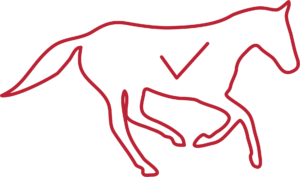
Young racehorses
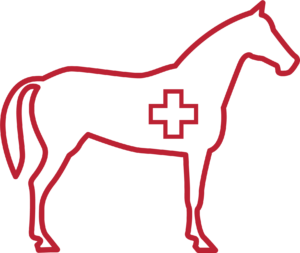
Health & Science
Standardbreds
EQUINE PHYSIOLOGY
No Results Found
The page you requested could not be found. Try refining your search, or use the navigation above to locate the post.
RACEHORSE TRAINING MONITORING
The Lir Jet – A sporting and technological success
The Lir Jet, his rider Oisin Murphy and his trainer Michael Bell won the 2020 Norfolk Stakes at Royal Ascot and will contest the 2020 Breeders’ Cup Juvenile Turf.
Sittin on go – A Breeder’s Cup story
Romans Racing Stables harnesses the power of Arioneo as sittin on go gets a green light to the breeder’s Cup Worl Championships Juvenile.
Horse performance measurement – 8 key analysis offered by EAP
Performance measurement is not a new trend in the sport industry. Data collection optimizes performance and ensures regular monitoring of each horse’s progress.
DATA & RUGBY: Interview of Thomas LOMBARD
This week, Arioneo had the opportunity to meet Thomas LOMBARD, General Manager of the Stade Français Rugby to discuss the arrival of data in the world of rugby and the improvements it has brought to this sport.
Read a training with EQUIMETRE
By training with EQUIMETRE, you collect data on the performance of your horses. A good understanding and reading of this data is essential after each training session.
Optimising racehorses locomotion performance
It is important not to neglect the racehorses locomotion performance as stride length and stride frequency have an impact on the fatigue felt by the horse.
EQUINE HEALTH & SCIENCE
Cardiac arrhythmias in the racehorse: how to detect them?
Arrhythmias are abnormal cardiac rythm. In this article, Dr Emmanuelle van Erck explains when to suspect arrhythmias and how to identify it.
EQUIMETRE, a scientifically validated tool
After more than a year of work, we are proud to be able to bring scientifically validated, medically accurate technology to our veterinary clients.
Sudden death in racehorses: the well-being at stake
Sudden death, is defined according to the WHO as the natural death of an individual whose delay between the appearance of the first alarming symptoms and death is less than 48 hours.
YOUNG RACEHORSES MONITORING
No Results Found
The page you requested could not be found. Try refining your search, or use the navigation above to locate the post.
STANDARDBREDS TRAINING
No Results Found
The page you requested could not be found. Try refining your search, or use the navigation above to locate the post.
TESTIMONIALS
Christopher Head’s EQUIMETRE experience
On the occasion of a photo shoot at Christopher Head’s stables in Chantilly, we chatted about his use of EQUIMETRE.
John Ortiz’s Equimetre experience
We had the chance to talk with John Ortiz, thoroughbred trainers in the United States. He shared with us his experience with EQUIMETRE, and how he integrated it into their daily work with horses.
Michael Keady’s Equimetre experience
We had the chance to talk with Michael Keady, co trainer at Murphy and Keady Racing. He shared with us his experience with Equimetre, and how he integrated it into their daily work with horses.
